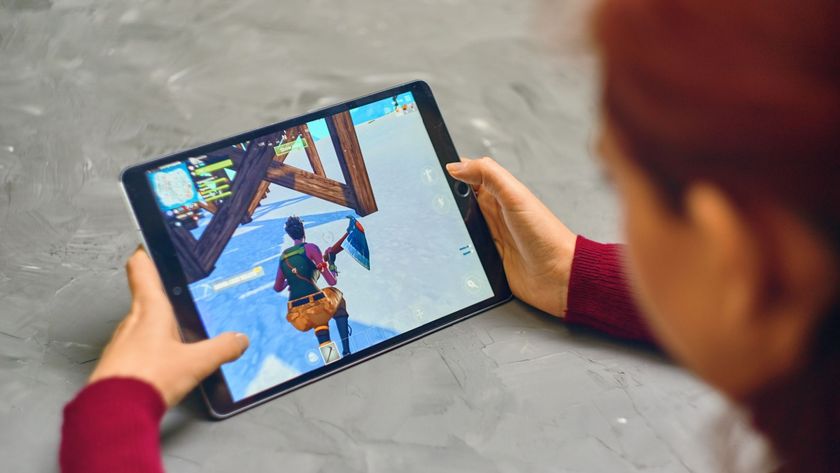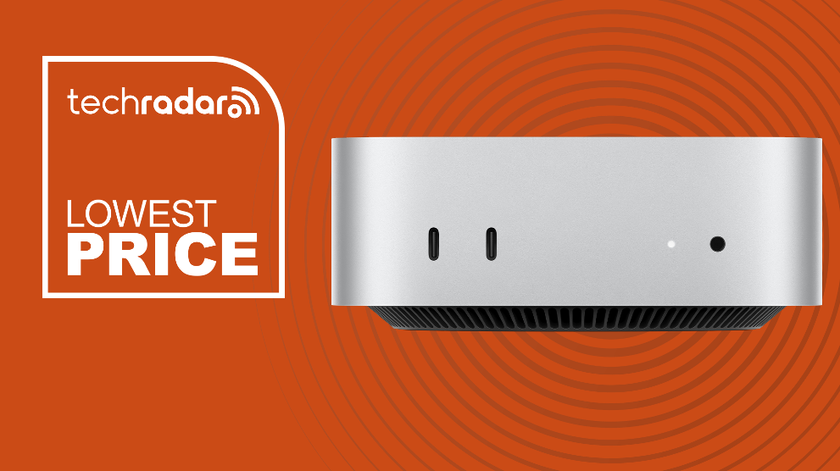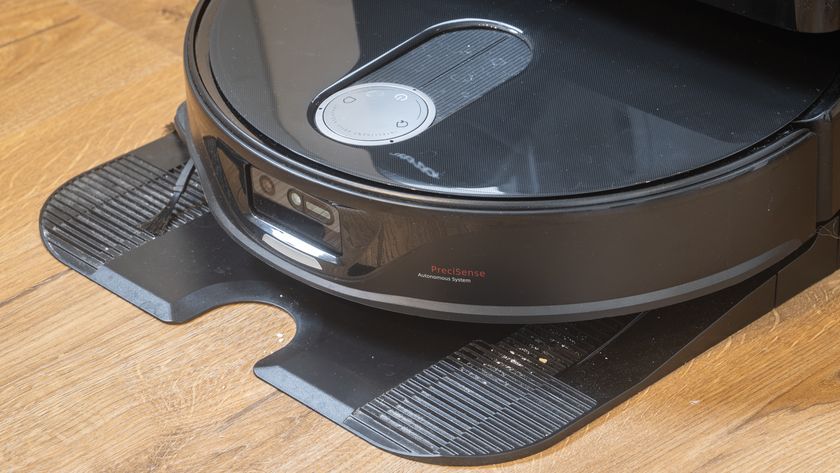Cool tech destined for Apple's next-gen Macs
What to expect from the Macs of tomorrow
New display technologies
Prices are falling. During the next few years, 3D displays boasting a high-enough resolution to be practical will be within easy reach of the home computer user. Philips has already introduced a 3D monitor that doesn't need special glasses to view the picture.
It was initially released for use in digital signage displays, but it's coming to the home TV soon and is bound to go on to make an appearance in computer monitors. But will 3D displays find their way into the Macs of the future? And if so, it will only be as an optional niche product, rather than a standard feature.
Perhaps more interesting is the patent taken out by Apple in May 2009. Described as an 'integrated-sensing display', the device combines 'display elements and image-sensing elements'. Every pixel is accompanied by an image sensor, so it can 'not only output images (as a display) but also input images (as a camera)'. Forget an integrated iSight – here the entire screen is your webcam.
Obviously, this new display would greatly improve chatting on camera. You'd talk to each others' faces instead of the tops of your heads, for a start. The patent suggests it might make an appearance on the iPhone too, giving the device a forward-facing camera for videochats.
Biometric security
The advantages of biometric computer security are obvious. Why use a password when you could activate your Mac with a fingerprint or retina scan? It's not vulnerable to dictionary attacks or keystroke-logging spyware, and potential miscreants won't compromise your machine by finding your written 'reminder'.
Get daily insight, inspiration and deals in your inbox
Sign up for breaking news, reviews, opinion, top tech deals, and more.
A biometric pass is unique and almost impossible to forge, and would make a great anti-theft device for mobile technologies like the MacBook and iPhone. If it were to be made available as an out-of-the-box feature in OS X, biometric security could be made available to software publishers as an anti-piracy measure too.
This would offer advantages to the end user. By activating an app with your biometrics, you could install and use it on as many computers as you wish on a single-user licence, with your fingerprint or retina scan operating as a security dongle. Or the app itself could reside on online servers, accessible through any computer connected to the net, but usable only by those who've paid.
Retinal scanners are still too dear for noncommercial use, but fingerprint readers are finding their way into the home. How long will it be before they appear on the Mac?
The far future
Looking beyond the next few years, what will computing bring us in decades to come? Quantum computing is believed to be at least 20 years away, but when it arrives, it will revolutionise technology, making digital computers obsolete.
Researchers at the University of Glasgow claim to have developed a switch the size of a single molecule. One day, this breakthrough could be used to create tiny storage drives with an incredible capacity. The aim is for half a million gigabytes in one square inch.
And photon chips, which use light rather than electricity to relay information, could run on very little power offering incredible performance without heat issues. However, it's not worth preordering your quantum-based Mac with photon chips and a molecular storage drive just yet. It possibly won't even arrive within our lifetimes, but we can but wish…
- 1
- 2
Current page: Display tech, biometrics and beyond
Prev Page Super-fast USB, touch, Cloud computing and more












